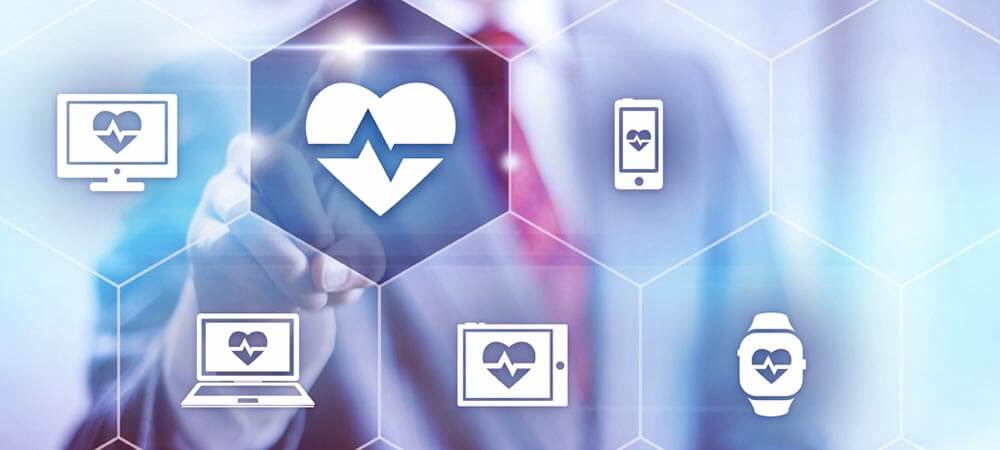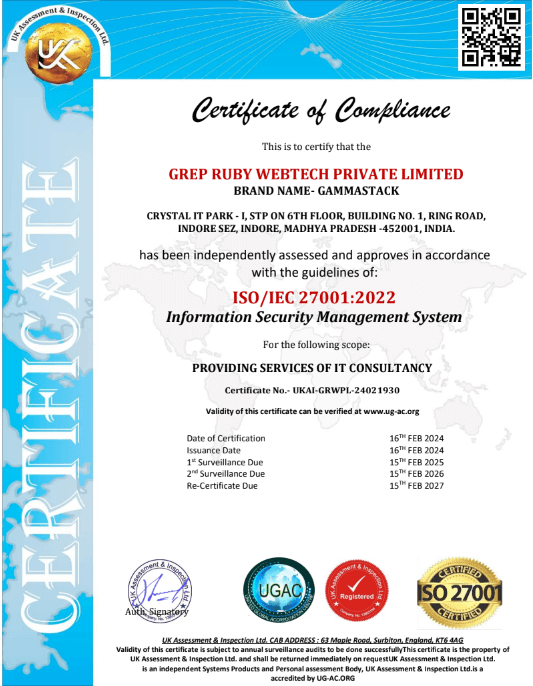TABLE OF CONTENTS

Transition & Adoption of Blockchain
With the introduction of innovative software development together with the sleek hardware designs, Telemedicine technology has substantially progressed. Or to put it in other words, Telemedicine technology has acquired a place in mainstream along with acute care.
Earlier, Telemedicine required heavy hardware for video conferencing at both the sending and receiving ends. Along with the expensive hardware, data sharing too was a difficult task. Manual process to capture, store and forward information instead of real-time sharing increased trouble.
Telemedicine has transformed from hard-coded hardware-based video tools to software-based video conferencing management solutions. These solutions are easier to install, integrate into daily workflows, and significantly less expensive. This change has opened up a world of opportunity for telemedicine encounters. In fact, it has completely changed the buying process for equipment.
Key limits of using traditional video system technology:
- All information goes away with the call
- Real-time data capture is NOT available without additional equipment
- Expensive settings are required for both sending and receiving ends
- EMR integration is unavailable without supplementary gear
- Practically no mobility- As remote consultation limits to the specific location of the hospital’s bulky video system
Present day software-based solutions overcome these limits. They offer more flexibility, improved functionality, and ease of integration all at a lower cost.
Here are some of the benefits:
- Keeps data composed after video consult ends
- Provides additional options for connecting integrated medical devices
- Connect from anywhere with only a browser and headphones
- All reference doctors/healthcare consultants connected without additional cost
- Real-time streaming of medical images
- Easy integration with existing EMR
Blockchain and Telemedicine:
A growing concern in the healthcare industry is the roadblock between data-sharing and privacy. Organizations in a Telehealth ecosystem—healthcare providers, patients, and also the government—need complete information on patients related to their health and preferences. Generally, this is being done on a centralized IT system which is vulnerable to a number of cyber threats. Here comes blockchain development that acts as the backbone of the distribution technologies, as it provides an auditable record of actions of the information flow in the entire network right from the beginning.
Fostering development of the patients using Blockchain Technology
Technological advancements like IoT have made Telemedicine much more personal by storing it in the cloud which can be accessed through applications and even the watches and footwear, which brings along a risk in storing health data. The blockchain Medical Records will bring increased security to patients’ private data even when they are using such personal health devices to monitor their usual activities. Blockchain allows claims data to be processed at a faster rate thereby, potentially cutting down falsified reporting and the final payment is accurate.
Telemedicine improves the quality and comfort of patient care, boosts the workflow and reduces costs. We bring you some tips that can be helpful to adopt and implement such a valuable and lucrative technology.
- Self-Analysis- First, examine what are your strengths as an organization and what is it that you are capable of with respect to the current market trends. Introspect for the strength of your service and match with the needs of the community.
As Becker’s Hospital Review suggests- “It doesn’t make sense to start down the path where the market is already saturated or you do not have specialists available.” If you want to do pediatric oncology, it is advised to have a certain number of pediatric oncologists interested in providing telemedicine.
- Timeline Progression- If you are looking to succeed, the key lies in developing a timeline to implement any process. This assists healthcare professionals to have a clear idea about their goals. After this, you can set plans considering the factors* that may disturb the timeline.
(*Factors can be related to ordering and installation of equipment, testing, and troubleshooting, staff training, directing practice sessions etc.)
- Connect and train your staff members- Done with setting the goals, share with your team and start training your administrative team. This training not only explains your team members the best practices for connecting with clients remotely, but it will also ensure consistency across the organization.
Once you’ve planned your goals and informed your staff members, you’ll be ready educate your patients and make use of telemedicine system effectively.
Connect with us to learn more about Blockchain.






 Rising Star Award
Rising Star Award
 Premium Usability Award
Premium Usability Award


